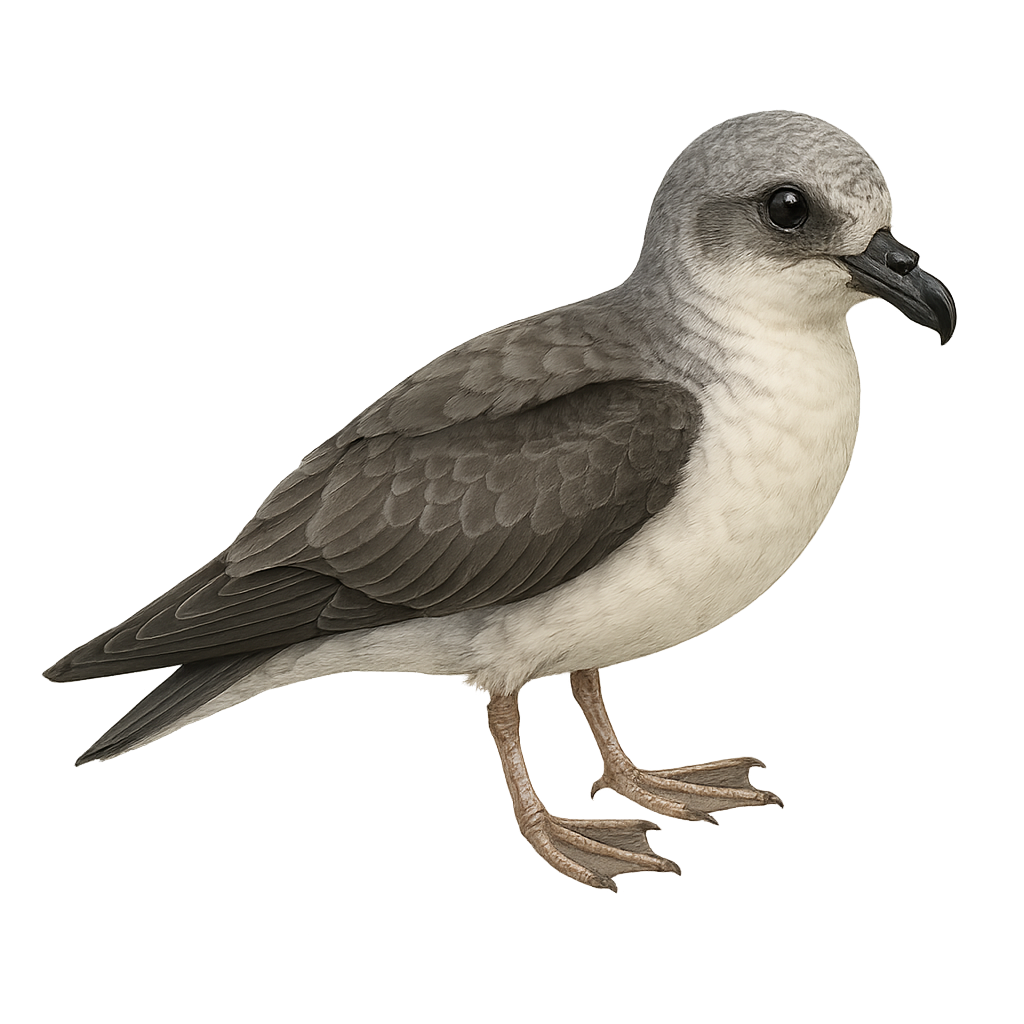Your wildlife photography guide.
Explore the fea's petrel in detail, study its behavior, prepare your shots.
Where to observe and photograph the fea's petrel in the wild
Learn where and when to spot the fea's petrel in the wild, how to identify the species based on distinctive features, and what natural environments it inhabits. The WildlifePhotographer app offers tailored photography tips that reflect the fea's petrel’s behavior, helping you capture better wildlife images. Explore the full species profile for key information including description, habitat, active periods, and approach techniques.
Fea's Petrel
Scientific name: Pterodroma feae

IUCN Status: Vulnerable
Family: PROCELLARIIDAE
Group: Birds
Sensitivity to human approach: Suspicious
Minimum approach distance: 10 m
Courtship display: November to December
Incubation: 50-53 jours
Hatchings: December to February
Habitat:
cliffs, oceans, islands
Activity period :
Mainly active at night, generally discreet during the day.
Identification and description:
The Fea's Petrel, or Pterodroma feae, is a rare and elusive seabird belonging to the Procellariidae family. It is mainly found in the Cape Verde and Madeira islands, where it nests on steep and inaccessible cliffs. This petrel is characterized by its gray and white plumage, with a dark head and a black bill. It primarily feeds on fish and squid, which it captures by diving into the ocean. A migratory bird, it travels long distances at sea, often far from the coast. Its flight is agile and graceful, alternating between wing beats and glides. Due to its rarity and limited habitat, it is classified as vulnerable by the IUCN.
Recommended lens:
400 mm – adjust based on distance, desired framing (portrait or habitat), and approach conditions.
Photography tips:
To photograph the Fea's Petrel, it is advisable to use a telephoto lens of at least 400mm to capture detailed images without disturbing the bird. Being a nocturnal bird, it is best to photograph it at dusk or dawn when the light is soft. Use a tripod to stabilize your camera and avoid motion blur. Be patient and discreet, as this bird is suspicious and can be difficult to approach. Focus on capturing in-flight shots to showcase the grace of its flight.
The WildlifePhotographer App is coming soon!
Be the first to explore the best nature spots, track rutting seasons, log your observations, and observe more wildlife.
Already 1 432 wildlife lovers subscribed worldwide

